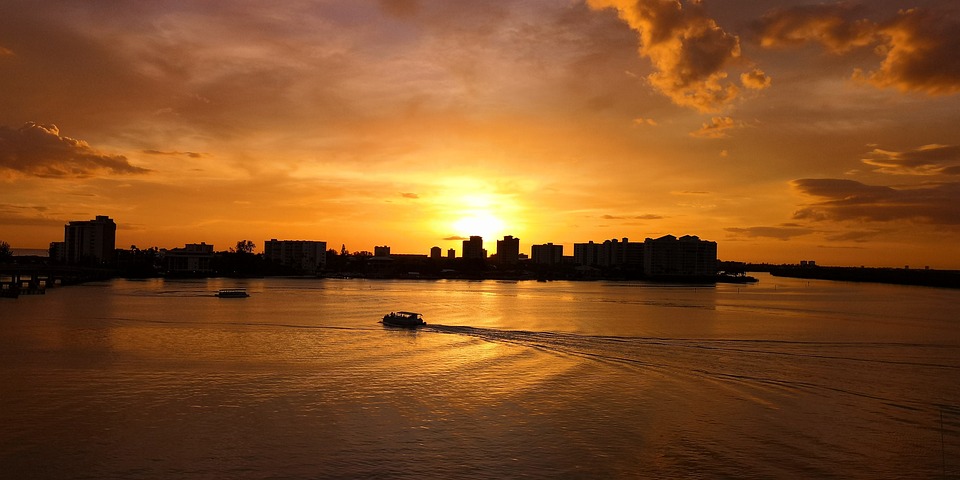A Look at Potential Economic Scenarios Post-Pandemic
The COVID-19 pandemic has brought significant disruptions to global economies, with businesses shuttered, millions of job losses, and governments implementing unprecedented stimulus packages to stave off a collapse. As vaccines become more widely available and countries tentatively begin to reopen, economists are looking ahead to potential economic scenarios post-pandemic. Here’s a look at some of the possible outcomes:
Scenario 1: V-Shaped Recovery
One possible scenario is a V-shaped recovery, where the economy quickly bounces back to pre-pandemic levels. This scenario would likely occur if vaccines are successfully distributed, leading to a rapid return to normal economic activity. Consumer spending would increase, businesses would reopen, and job growth would pick up speed.
Governments and central banks have played a significant role in supporting this scenario by injecting trillions of dollars into the economy through stimulus packages and quantitative easing. If these measures are successful in jumpstarting economic growth, we could see a relatively swift recovery.
However, a V-shaped recovery is not without its challenges. Some industries may continue to struggle even after the pandemic is under control, and the long-term effects of the crisis on consumer behavior and business investments remain uncertain.
Scenario 2: W-Shaped Recovery
Another possible scenario is a W-shaped recovery, characterized by periods of growth followed by setbacks. If the virus continues to mutate and new variants emerge, it could lead to repeated lockdowns and restrictions, causing the economy to dip back into recession.
A W-shaped recovery would be particularly challenging for businesses and workers who are already struggling to stay afloat. It could also create additional uncertainty for investors, leading to a volatile stock market and decreased consumer confidence.
To avoid a W-shaped recovery, governments and healthcare authorities must continue to monitor the spread of the virus and be prepared to implement targeted lockdowns if necessary. Vaccination efforts must also be ramped up to achieve herd immunity and prevent further waves of infections.
Scenario 3: K-Shaped Recovery
A third possible scenario is a K-shaped recovery, where certain sectors of the economy rebound quickly while others lag behind. We have already seen this trend play out during the pandemic, with technology, e-commerce, and healthcare industries thriving while hospitality, tourism, and retail sectors struggle.
A K-shaped recovery could exacerbate income inequality, as those in high-demand industries benefit from the recovery while low-wage workers face ongoing challenges. Governments may need to implement policies to address these disparities, such as increasing the minimum wage, expanding unemployment benefits, and providing targeted support to struggling industries.
Businesses also have a role to play in ensuring a more equitable recovery by investing in training and upskilling their workers, diversifying their supply chains, and adopting sustainable business practices.
Scenario 4: L-Shaped Recovery
The most pessimistic scenario is an L-shaped recovery, where the economy stagnates for an extended period of time. This scenario could occur if governments fail to contain the virus, or if the economic damage caused by the pandemic is too severe to overcome quickly.
An L-shaped recovery would have devastating consequences for businesses, workers, and communities around the world. It could lead to widespread bankruptcies, mass unemployment, and social unrest. Governments and central banks would need to implement aggressive stimulus measures to prevent a prolonged economic downturn.
To avoid an L-shaped recovery, policymakers must act decisively to contain the virus, support businesses and workers, and stimulate economic growth. International cooperation will also be crucial in addressing global challenges such as vaccine distribution, debt relief, and climate change.
In conclusion, the post-pandemic economic landscape is uncertain, with multiple potential scenarios on the horizon. While a V-shaped recovery is the most desirable outcome, policymakers must be prepared for a range of possibilities and take proactive measures to mitigate risks and support a sustainable and inclusive recovery. By working together and adopting innovative strategies, we can build a stronger, more resilient economy for the future.
